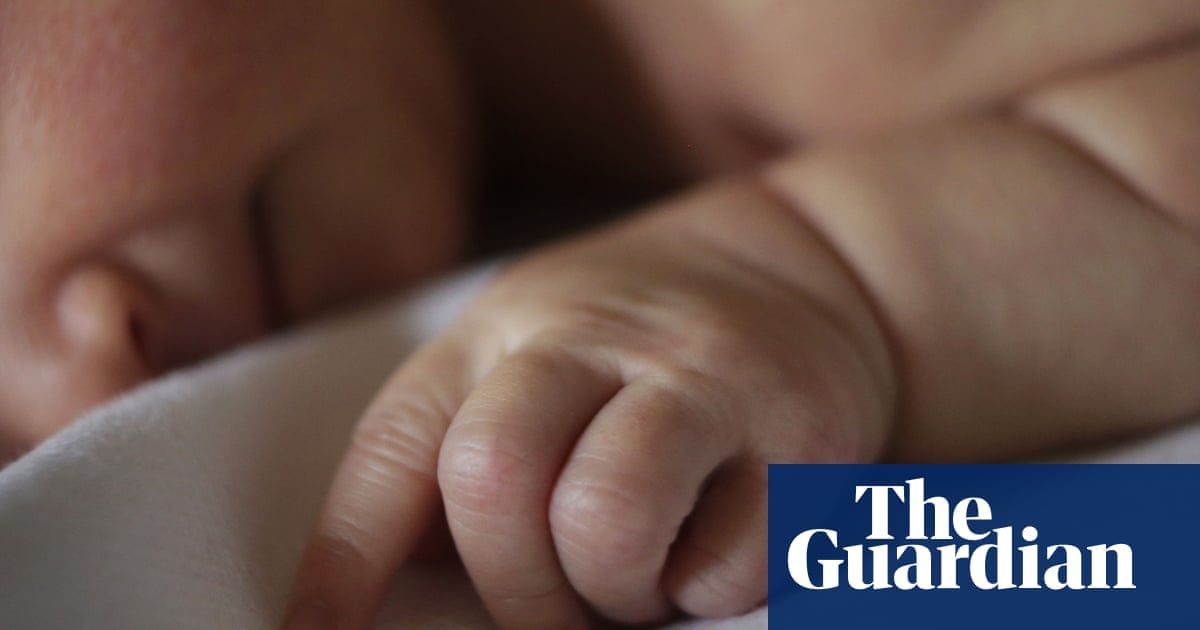
What is the controversy about maternity pay?
The Conservative leadership candidate Kemi Badenoch was asked on Sunday if she thought maternity pay was at the right level. Her reply was taken to mean she thought maternity pay was “excessive”.
“Statutory maternity pay is a function of tax; tax comes from people who are working,” she said. “We’re taking from one group of people and giving to another. This, in my view, is excessive. Businesses are closing, businesses are not starting in the UK, because they say that the burden of regulation is too high.”
The former women and equalities minister later clarified on X: “Of course I believe in maternity pay.”
So is maternity pay excessive?
Taxpayer-funded statutory maternity pay was introduced in the UK in 1987 and grants new mothers 90% of their average weekly pre-tax earnings for the first six weeks of maternity leave followed by £184.03 or 90% of average weekly earnings (whichever is lower) for the next 33 weeks.
Someone receiving the average UK weekly wage of £689 would get the equivalent of just over £250 a week, less than half the £540 that a single person is estimated to need to maintain a minimum acceptable standard of living.
Many employers offer better terms, although the number of these has been falling in recent years, according to campaigners. Self-employed workers are on similar statutory terms. UK employees can take a further 19 weeks’ unpaid, bringing the maximum leave to a year.
How does the UK compare with other countries on maternity pay?
UK mothers get a longer time with some pay than the average of 19 weeks among the OECD group of countries. But the average payment rate is lower than in many countries where the length of paid leave is shorter.
Governments in Austria, Estonia, France, Germany, Poland, Hungary, Portugal, Turkey and Slovenia pay full salary for between 14 and 24 weeks. By contrast, America offers zero federal statutory maternity pay, but some states such as California offer up to eight weeks’ paid family leave at about two-thirds of earnings.
Are businesses complaining about maternity pay?
It has not been raised as an issue of concern, said Alex Veitch, the director of policy at the British Chamber of Commerce, which represents about 50,000 businesses.
He said BCC research last year found that two-thirds of women who had had childcare responsibilities in the last decade felt they had missed out on career progression as a result, while 86% disagreed that there was sufficient support for people caring for elderly or disabled relatives or friends.
Veitch said tackling these issues was “integral not only to the wellbeing of women and workplaces, it is crucial to the functioning of a strong economy”.
How would cutting maternity pay affect birthrates?
In the same interview on Times Radio, Badenoch also said: “There was a time when there wasn’t any maternity pay and people were having more babies.”
Conservatives including Jacob Rees-Mogg and Miriam Cates have raised concerns about UK birthrates, which have fallen from 1.94 children per woman in 2012 to 1.55 in 2021. Hungary’s rightwing president, Viktor Orbán, has prioritised boosting his country’s birthrate and he improved maternity pay in 2021 to 24 weeks at full salary, one of the most generous deals among OECD nations.
Cutting maternity pay would be likely to disincentivise women to have children and may further reduce the UK birthrate.
How much does funding maternity pay cost the taxpayer?
About 400,000 mothers a year receive maternity pay, and about 200,000 fathers receive up to two weeks’ statutory paternity pay.
Spending on maternity benefits rose from £2.5bn in 2010-11 to £3.1bn in 2022-23 and is forecast to rise to more than £4bn by 2028-29. The current spending is about a tenth of that spent on disability or housing benefits and is more than 30 times smaller than the cost of the state pension, according to the Department for Work and Pensions.
How has the rising cost of living affected mothers on maternity leave?
Women are returning to work earlier than they would have preferred, sometimes before their bodies have properly healed, according to a survey by Maternity Action, a campaign group. The number doing so increased from 42% to 58% of respondents between 2022 and 2023 as women sought to avoid long periods of low income. Maternity pay is equivalent to half the money earned from a job paying the national living wage.
What are the benefits of maternity pay?
A policy that many now take for granted “has had a huge impact on maternal employment rates – retaining the link between a worker and their employer has massively boosted women’s return-to-work rates”, according to the Resolution Foundation thinktank.
Research in the US has shown that paid maternity leave improves the mental health of mothers and children, including a decrease in postpartum maternal depression and domestic violence. It improves infant attachment and child development, reduces infant mortality, boosts take-up of infant vaccines and helps with breastfeeding.